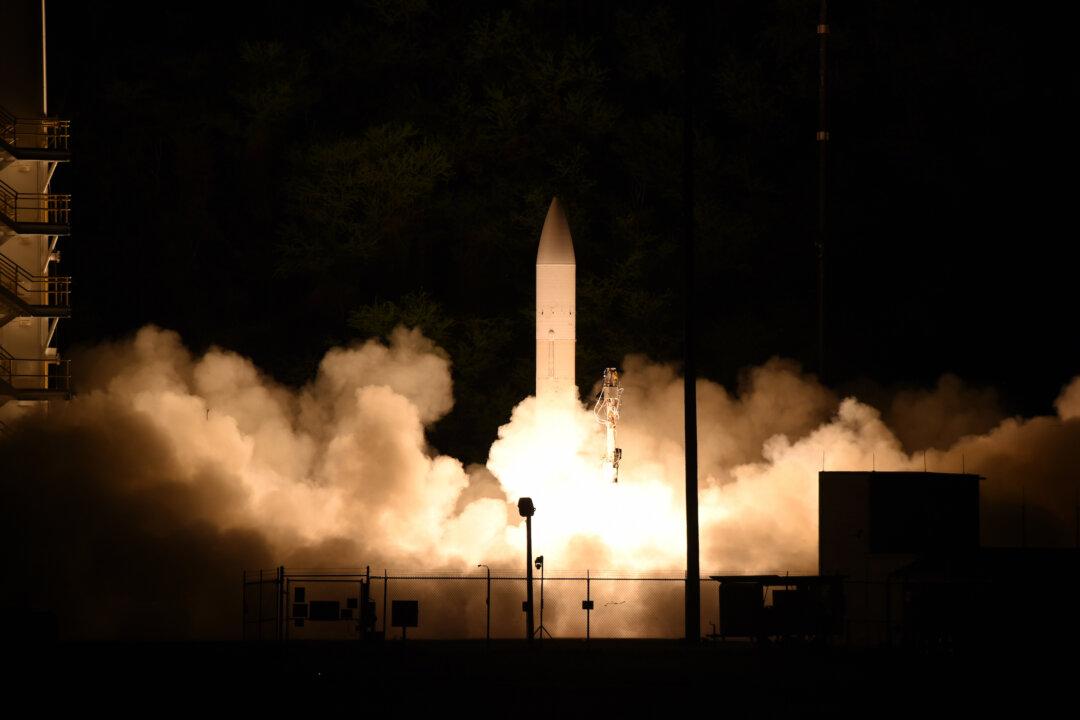President Donald Trump is securing the supply of composite materials needed for hypersonic missiles, strategic missiles, and space launch systems by invoking the Defense Production Act.
Hypersonic missiles are one of the flagship new defense technologies being rapidly developed by the U.S. military as it revamps to face an era of renewed great power competition with Russia and China.





